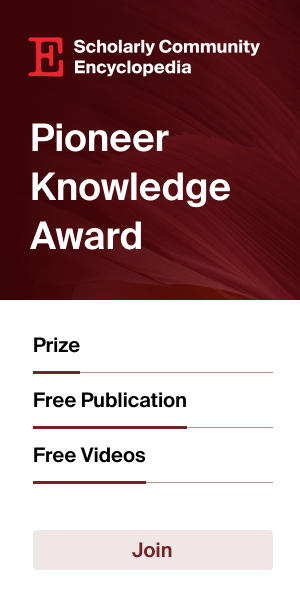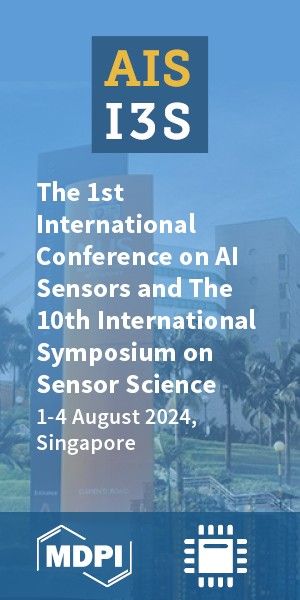Article
Version 1
Preserved in Portico This version is not peer-reviewed
The Genetic Coding System and Unitary Matrices
Version 1
: Received: 5 April 2018 / Approved: 10 April 2018 / Online: 10 April 2018 (16:20:14 CEST)
Version 2 : Received: 27 September 2018 / Approved: 27 September 2018 / Online: 27 September 2018 (13:36:53 CEST)
Version 2 : Received: 27 September 2018 / Approved: 27 September 2018 / Online: 27 September 2018 (13:36:53 CEST)
How to cite: Petoukhov, S. The Genetic Coding System and Unitary Matrices. Preprints 2018, 2018040131. https://doi.org/10.20944/preprints201804.0131.v1 Petoukhov, S. The Genetic Coding System and Unitary Matrices. Preprints 2018, 2018040131. https://doi.org/10.20944/preprints201804.0131.v1
Abstract
Information molecules of DNA and RNA should obey principles of quantum mechanics where unitary operators in form of unitary matrices have key meanings. Unitary matrices are the basis of calculations in quantum computers. This article presents some author's results, which show that matrix forms of the representation of structured systems of molecular-genetic alphabets can be considered as sets of sparse unitary matrices related with phenomenologic features of the degeneracy of the genetic code. These sparse unitary matrices have orthogonal systems of functions in their rows and columns. A complementarity exists among some unitary genetic matrices in relation each other. Decompositions of numeric genetic matrices into sets of sparse unitary matrices are connected with the logical operation of modulo-2 addition used in quantum computers as well. Tensor (or Kronecker) families of unitary genetic matrices with their fractal-like properties are also considered. The described results are discussed in the frame of development of quantum-information approaches for modeling genetic systems.
Keywords
genetic code, alphabet, unitary matrix, dyadic shift, decomposition, spectral presentation, fractal, tensor product, quantum informatics
Subject
Biology and Life Sciences, Biochemistry and Molecular Biology
Copyright: This is an open access article distributed under the Creative Commons Attribution License which permits unrestricted use, distribution, and reproduction in any medium, provided the original work is properly cited.
Comments (0)
We encourage comments and feedback from a broad range of readers. See criteria for comments and our Diversity statement.
Leave a public commentSend a private comment to the author(s)
* All users must log in before leaving a comment








